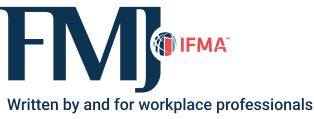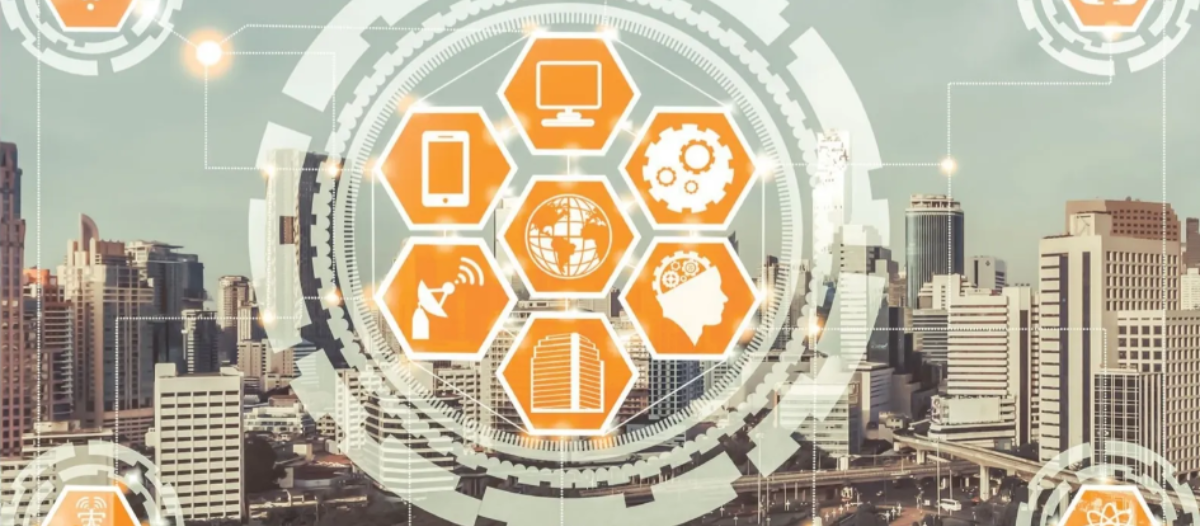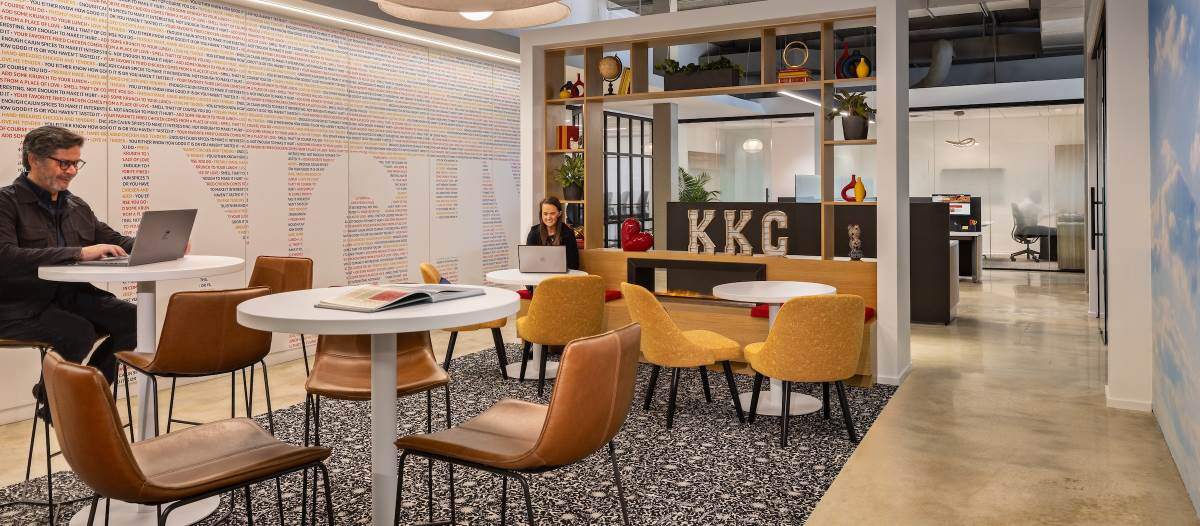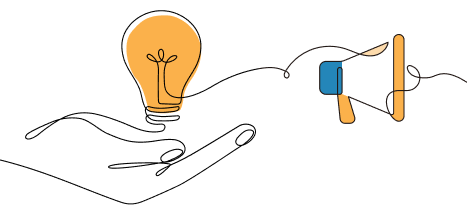Toxic Buildings
An additional impact of chemical use
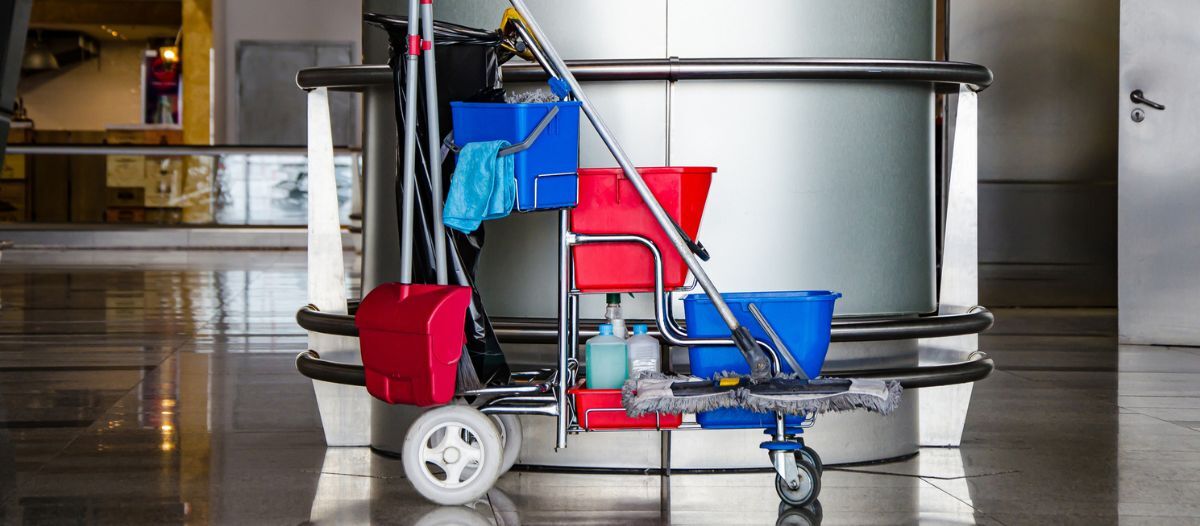
As a reaction to the rapid spread of COVID-19, facility managers sought out cleaning supplies and methods that were the easiest to purchase and implement. In a majority of cases, the go-to choice were chemicals already in use to treat the businesses, homes and schools under their responsibility. Certainly, this was an understandable reaction. Chemicals such as bleach, peroxide and ammonia have been the standard for more than 100 years. During the early days of the pandemic, the supply of these cleaners and disinfectants could not keep up with the demand. Chemical cleaners flew off the shelves of grocery stores and warehouses. Companies such as Clorox, Johnson & Johnson and Dupont saw unprecedented sales during the epidemic. But this rise in the use of chemicals in public facilities also came with several negative consequences.
Science has long known there are side effects associated with the use of chemical cleaners, and as a result, warning labels are prominently displayed on containers and packaging. When handled appropriately by professionals, these chemicals serve as a valuable addition to cleaning regimens and help reduce the risk of contamination from unhealthy microorganisms. However, they can also pose issues relating to safety and sustainability. It is important to understand these issues as well as the more sustainable alternatives available.
An increase in chemical use
Unfortunately, as a result of the fear caused by the COVID-19 virus, chemicals became the go-to solution for cleaning and sterilizing, and increased reports of illness and injury became common. According to an NBC news report, calls to poison control hotlines increased by more than 20 percent in the early months of the pandemic. In just the first three months of 2020, that increase amounted to 45,550 calls to U.S. poison control centers concerning chemical exposure. This number is likely lower than the actual number of accidental poisonings.
The U.S. Centers for Disease Control and Prevention (CDC) found that this increase was directly related to exposure to cleaning and disinfecting products. Some industry observers might be inclined to blame those who are inexperienced in handling chemicals for the increase in accidental exposure. However, it is important to remember that even individuals experienced with chemical cleaning agent use suffer harm. Envoy Solution’s PJP blog reports that more than 100,000 janitorial workers are injured by chemicals every year.
In an article published in The International Journal of Hygiene and Environmental Health, researchers documented the effects of chemical cleaning products on professional cleaners and among residents doing in-home cleaning. Cleaning products investigated included glass cleaners, disinfectants, sanitary and bathroom cleaners, multipurpose cleaners and others. The chemicals identified in these products included ethoxylated alcohols, propanol, ammonium hydroxide, quaternary ammonium, propane, butane, 2-butoxyethanol, sulfuric acid, hydrogen peroxide and many others.
According to these researchers, many of these chemicals, either individually or in combination, could lead to breathing problems and health complications. Accidental inhalation of common cleaning and disinfection chemicals can lead to respiratory issues that range from temporary airway irritation to obstructive lung disease, including asthma and asthma-like disease. Some of the cleaning chemicals may even potentially cause chronic obstructive pulmonary disease (COPD).
Another article in Science Daily reported on a study identifying a higher risk of developing COPD among 55,000 nurses who regularly used disinfectants as part of their job duties. "We found that nurses who use disinfectants to clean surfaces on a regular basis – at least once a week – had a 22 percent increased risk of developing COPD," said Dr. Orianne Dumas of France, who headed the study. The researchers looked at exposure to specific chemical disinfectants: glutaraldehyde (a strong disinfectant used for medical instruments), bleach, hydrogen peroxide, alcohol and quaternary ammonium compounds (known as "quats" and mainly used for low-level disinfection of surfaces such as floors and furniture). All of these were associated with an increased risk of COPD of between 24 to 32 percent.
Cleaning in common areas in buildings
FMs want to provide a clean and healthy environment for their occupants and ensuring the cleanliness of common areas poses a greater challenge. It is understandable that FMs would choose to rely on a proven protocol to address public concerns. However, the chemical cleaners and disinfectants used in these indoor locations may be having an unhealthy effect on occupants. As businesses and buildings reopen and welcome back employees, customers and occupants, this desire to provide the safest environment may be having a negative effect on both humans in those spaces and the broader natural environment. Chemical cleaning and disinfecting agents can enter the air through evaporation and contribute to unhealthy air conditions and depleted ozone. They are poured or flushed into sewage systems and get into the water supply, thereby contaminating it. This contamination can kill or endanger fish and other wildlife. As water contamination affects fish and animals, these same contaminants can work their way into the human food chain and water supply.
Even chemical cleaning agents labeled as “environmentally friendly” or “all-natural” may contain chemicals that, while organic in origin, can still irritate or sicken people who come into contact with them. Chemicals used for fragrance, or ingredients such as citric acid, can cause respiratory upset, especially in younger children, who may also try to ingest or inhale products with lemon, orange or tropical fragrances.
Many studies have identified an issue with the effectiveness of traditional cleaning methods. Researchers have discovered that manual cleaning of surfaces with cloths or sponges can miss up to 50 percent of microorganisms and that frequently, dangerous bacteria like salmonella, E. coli, C. difficile, and Staphylococcus aureus can survive chemical cleaning and continue replicating.
There are many reasons why this survival is possible. Sometimes, cleaners or disinfectant solutions are not mixed properly, causing lower efficacy. In other cases, surfaces with uneven textures may allow microorganisms to escape the reach of the cleaners. Human error (e.g., “you missed a spot”) is also common . Whatever the reason, the impact can be serious.
Another consideration for the ineffectiveness of chemical cleaners is that they are designed solely for surface cleaning. Many microorganisms such as rhinovirus, influenza and streptococcus are also airborne, meaning they can be spread through the air if an infected person coughs, sneezes or simply breathes. Disinfectants that are aerosol sprays work for a very small amount of time and have limited effectiveness. Even disinfection methods such as electrostatic sprayers leave behind residue that requires additional cleaning and which can also become airborne and ingestible if dislodged.
Creating safer indoor environments
Given the many issues inherent to chemical disinfectants and cleaning agents, are these harsh chemicals the only way to clean and disinfect common areas in buildings? In a word, no. While the COVID-19 pandemic created an unprecedented demand for cleaners and disinfectants, it also focused attention on the quality of indoor air and the healthy buildings movement. According to several studies, human beings spend between 80 and 90 percent of their lives indoors. As championed by Harvard Professor Dr. Joseph Allen, the healthy buildings movement advocates for structures that consider human health and the environment in their design. This consideration includes implementing programs and protocols that show regard for our natural resources and prioritize sustainability.
So, is there a healthier, safer and more environmentally kind way to disinfect while maintaining effectiveness on par with traditional chemicals? Yes, there is. By harnessing the power of UV-C light, which is ultraviolet light with a wavelength from 200 to 280 nanometers (nm), sustainable and effective disinfection is not only a possibility, it’s a reality.
How UV-C works
For more than a century, doctors and hospitals have used UV light to inactivate bacteria, mold and viruses. The 1903 Nobel Prize for Medicine was presented to Niels Ryberg Finsen for his work in using concentrated light to successfully treat lupus vulgaris. Since that time, UV-C technology has become the gold standard for hospital disinfection around the world. This technology is helping to reduce microbial loads in indoor environments of all types.
As UV-C light does not penetrate the Earth’s atmosphere, microorganisms such as bacteria and viruses have no natural exposure to it. Consequently, these microorganisms are particularly vulnerable to UV-C light’s germicidal effects. UV-C light inactivates the RNA or DNA in these microorganisms by disrupting molecular bonds and preventing replication.
UV-C technology is well-suited to the needs of schools, offices, clinics and other facilities with areas serving multiple people at once. While some lower wavelength applications of UV light can be safe for human exposure, UV-C light of a wavelength higher than 222 nm can be harmful to humans and pets because it can penetrate the outer layers of skin and eyes. Consequently, certain precautions are necessary for the operation of devices that use higher wavelength UV-C light. Many devices that use UV-C light at higher wavelengths, such as 254m or 265nm, are used for whole-room disinfection. Light from these devices is often emitted in a 360-degree array for a designated amount of time (typically between seven and 20 minutes) and disinfects both the air and surfaces within the space. To function effectively and avoid risk of exposure, these devices usually necessitate that a room be unoccupied before a disinfection cycle can occur.
Like their whole-room device counterparts, upper room ultraviolet germicidal irradiation (UVGI) devices also emit UV-C light at 250 to 265 nm. As their name suggests, upper room UVGI devices focus on disinfecting air in the upper part of a space. Consequently, UVGI devices are mounted near the ceiling in a given space. They are designed to inactivate airborne microorganisms and support the ventilation in the spaces where they are positioned. Because these devices are elevated above the average line of sight, upper room UVGI solutions are safe for use in occupied spaces.
Another type of UV-C is known as Far UV. This unique section of the UV light spectrum has a special quality: it is safe for human exposure, yet still has the disinfection qualities of the higher wavelengths. Far UV is UV-C light with a wavelength of 222nm. Far UV can disinfect both the air and surfaces in its exposure footprint. Recent studies at Columbia University have shown that exposure to Far UV is no more dangerous than being outdoors. It can also be safely used in occupied spaces.
Another type of UV-C is known as Far UV. This unique section of the UV light spectrum has a special quality: it is safe for human exposure, yet still has the disinfection qualities of the higher wavelengths. Far UV is UV-C light with a wavelength of 222nm. Far UV can disinfect both the air and surfaces in its exposure footprint. Recent studies at Columbia University have shown that exposure to Far UV is no more dangerous than being outdoors. It can also be safely used in occupied spaces.
Additional benefits of UV-C disinfection
UV-C disinfection has been shown to be 99.9 percent effective at inactivation of a number of common, unhealthy microorganisms. High-level studies continue to demonstrate that UV-C is a valid tool in combating dangerous microbes, especially when used as part of a comprehensive cleaning and sterilizing protocol. UV-C disinfection does not produce hazardous side effects, does not require additional storage space, and does not use excessive energy or power to operate. In addition, UV-C disinfection generates less waste and reduces carbon footprint when compared to other traditional methods like manual chemical disinfection or even electrostatic spraying. Upon implementation, UV-C devices require minimal training to use and can be operational in an hour or less.
Chemical cleaning and disinfection have lasted more than 100 years because they are effective. There will always be a role for this tried-and-true method, but with more awareness of the damage these products do to the environment and to people, their role is diminishing. Fortunately, UV-C can pick up the slack and move cleaning and disinfecting into a healthier future.

References
pjponline.com/the-environmental-impact-of-cleaning-products/
sciencedirect.com/science/article/pii/S1438463920305381
sciencedaily.com/releases/2017/09/170910232514.htm
epa.gov/greenerproducts/identifying-greener-cleaning-products
ncbi.nlm.nih.gov/pmc/articles/PMC4827199/
hsph.harvard.edu/joseph-allen/healthy-buildings/
nobelprize.org/prizes/medicine/1903/finsen/biographical/
cdc.gov/niosh/nioshtic-2/20034387.html
gov/coronavirus/2019-ncov/community/ventilation/uvgi.html
cuimc.columbia.edu/news/new-type-ultraviolet-light-makes-indoor-air-safe-outdoors
Read more on Occupancy & Human Factors , Risk Management and Real Estate or related topics Occupant Health and Best Practices
Explore All FMJ Topics





